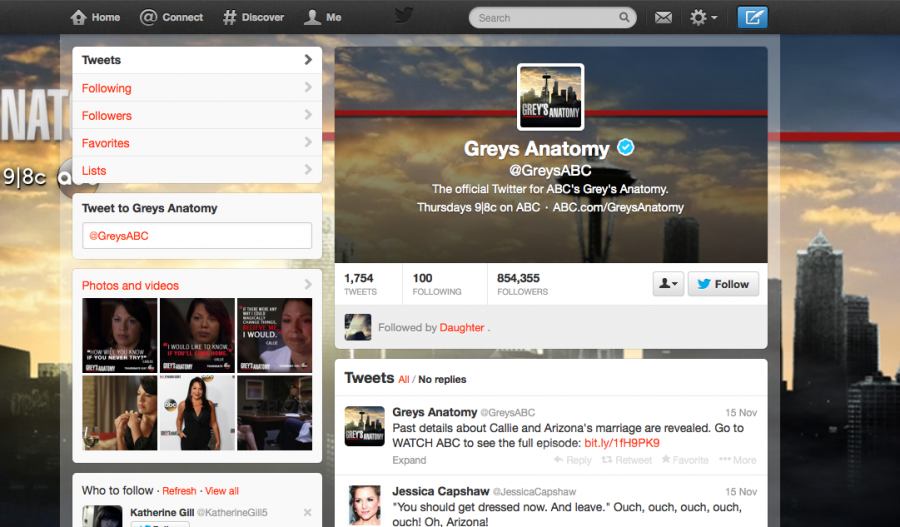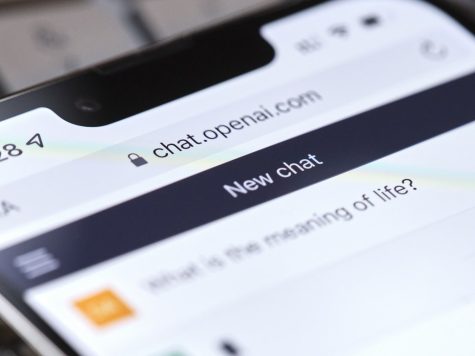Live-tweeting resuscitating live TV
With the invention of Tivo, the DVR, Netflix, and Hulu, the frequency of national audiences tuning in to watch new episodes of a popular TV show have been seriously diminished. But Twitter is changing the way viewers think about watching something live.
Popular TV shows have started enlisting their casts and crews to log on and create buzz around the airing of new episodes. With 140 characters and the right hashtag, a users living room can suddenly seat millions of people to watch their favorite shows with. Suddenly, the lost conversation topic of primetime TV is back- spoilers be damned.
For a perfect example of the new way to watch, turn on ABC Thursday nights at 9 p.m. Shonda Rhimes, the creator of hit shows Grey’s Anatomy and Scandal, is known for having a sixth sense for what viewers want and that knowledge seems extend to how they want to watch too. Rhimes uses live-tweeting during both of her hit shows, capitalizing on the dramatic plot twists and surprises in the TV dramas. Scandal in particular has seen huge success using Twitter to engage viewers and topped the first ever Nielsen Twitter TV ratings.
The show’s avid live tweeting audience is much more than just airing an episode and hoping for the best. Scandal actors take to Twitter throughout the week to post teases from upcoming episodes or photos, often selfies with other cast members. By following one cast member, users are exposed to more through mentions and suggestions. They are able to share a small piece of the experience of being on set throughout the week, while eagerly awaiting the next episode. Scandal’s channels remind viewers to tune in on the right day and time, and then the live tweeting begins. For an hour, its a frenzy of tweeting and trolling the hashtag to see what everyone is saying about what is happening on TV. In February 2013, Scandal received 2,200 tweets per minute according to The Hollywood Reporter. After the show airs, the official channel may periodically tweet screenshots from the previous episode, asking readers to share what they think about a certain issue or to retweet if they feel a certain way.
It may seem like a gimmick, but research shows that Twitter has a real effect on what viewers are watching. Nielsen, the company that measures TV viewership, released findings from a study to quantify the effect in August 2013. According to the study, “Live TV ratings had a statistically significant impact in related Tweets among 48 percent of the episodes sampled, and that the volume of Tweets caused statistically significant changes in Live TV Ratings among 29 percent of the episodes.” Broken down, this means that the relationship between TV and Twitter is a two-way street. Shows that become popular will see an increase in the volume of relevant tweets, and an increase in tweets about a show will lead to an increase in ratings. It was after the release of this study that Nielsen released their new Twitter TV rankings.
While its unlikely this information will make Netflix fear losing customers to live TV, it is meaningful for networks and shows who are increasingly struggling to pull in an audience the first time content airs. With the success of Scandal’s use of Twitter, it seems likely viewers will only have more opportunities to share in the social media meets TV experience.





